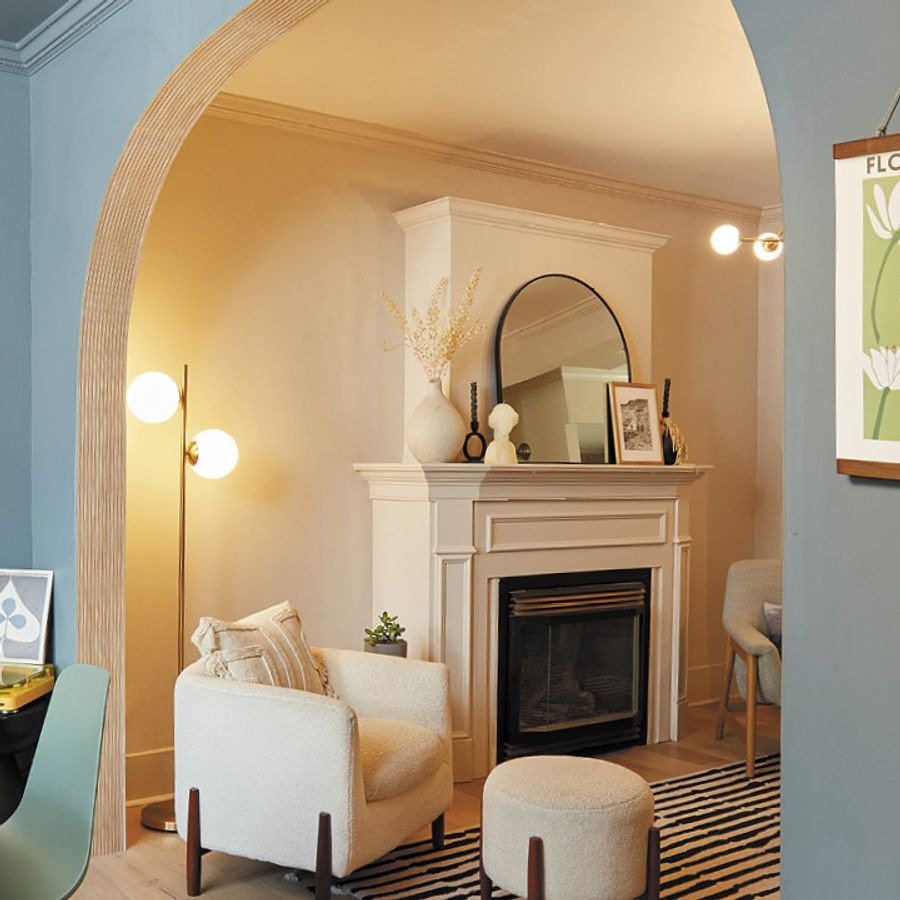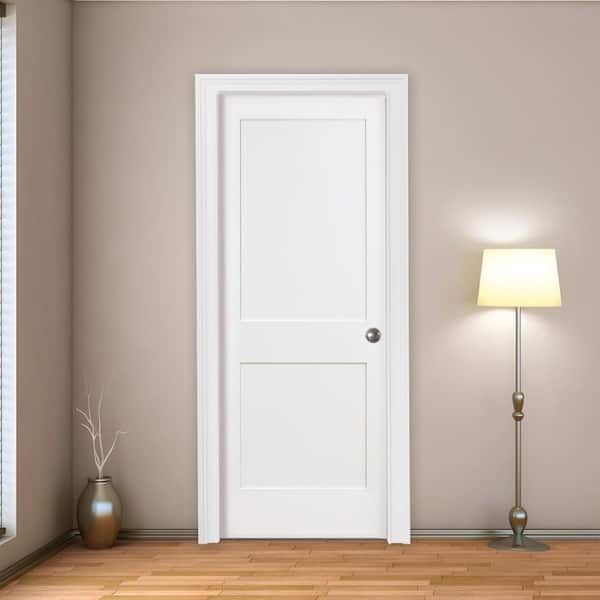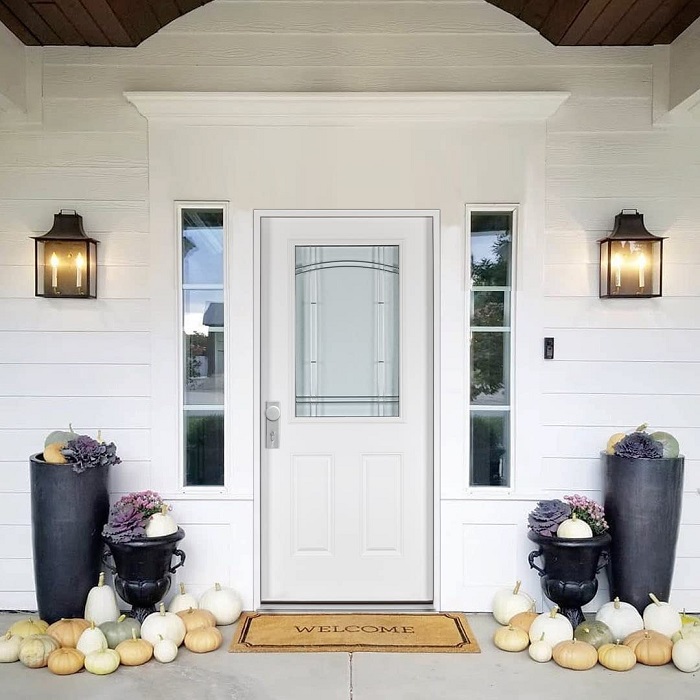Introduction to Doorway Dimensions
When planning a building’s layout, doorway dimensions are crucial. They define how we move through spaces. Standard doorway sizes ensure ease of movement and uniformity in construction. These dimensions cater to people, furniture, and equipment passage.
Doorways come in various standard sizes; these are important for several reasons. They affect accessibility, safety, and design aesthetics. Knowing standard doorway sizes can help with efficient space planning. They also assist in selecting the right doors for your project.
In this section, we’ll dive deeper into the typical measurements for doorways. We will explore the reasons why maintaining these standard sizes is essential for any construction or renovation project. The standard doorway dimensions serve as a guide for builders, architects, and homeowners alike. They help create spaces that are both functional and pleasing to the eye.
Importance of Standard Doorway Sizes

Standard doorway sizes are vital for many reasons. They ensure that people of all abilities can move through spaces with ease. This is important for both public buildings and private homes. Uniform doorway sizes make buildings safer in case of an emergency. This allows for quick and efficient evacuation.
These sizes also have a big impact on the design of a building. They can affect the look and feel of a space. Well-sized doorways can make a room feel more spacious and welcoming. On the other hand, doorways that are too small can make a space feel cramped.
Standard sizes help when moving furniture or equipment. This is key during the initial move and for any future rearrangements. Ensuring that doorways can accommodate common furniture sizes avoids headaches later on.
In construction, having standard sizes can reduce costs. It streamlines the manufacturing process for doors. Bulk production of standard sizes reduces the unit price of each door. This benefit extends to the consumer, making doors more affordable.
Finally, standard doorway sizes are a part of building regulations. They must meet certain codes that apply to construction. These codes ensure that spaces are accessible and safe for everyone. Following these standards is not just good practice, it’s often a legal requirement.
So, when we talk about doorways, standard sizing is more than a mere convenience. It affects crucial aspects of building design, safety, accessibility, and cost-efficiency. It is essential to consider these when planning or renovating any space.
Typical Doorway Dimensions
In residential and commercial buildings, typical doorway dimensions play a crucial role. They balance function and design, impacting how spaces connect.
Interior Doorway Sizes
For interior doorways, width and height are key for daily use and furniture movement. Common interior doorway widths are 24, 28, 30, 32, and 36 inches. The standard height is usually 80 inches. These dimensions cater to common furniture sizes and ensure accessibility.
Interior doors in public spaces may differ. These often require wider dimensions for high traffic and accessibility standards. For instance, office buildings may adhere to a minimum of 32 inches in width.
Exterior Doorway Sizes
Exterior doorways demand more robust dimensions for security and insulation purposes. They commonly measure 36 inches wide, accommodating entry by multiple people and large items.
The height for exterior doors is typically consistent with interior doors, at 80 inches. Exceptions exist for grand entrances or special architectural needs. These may reach up to 96 inches or more, creating an impactful visual statement.
Selecting the right size for exterior and interior doorways ensures seamless movement and accessibility. It also adds to the overall aesthetic and functionality of the space. Standard doorway sizes are not set in stone but serve as a reliable reference for most building scenarios.
Factors Influencing Doorway Size

Selecting the optimal doorway size involves multiple factors. These include building codes, accessibility needs, and aesthetic preferences. Understanding these factors can ensure doorways are both practical and pleasing to the eye.
Building Codes and Regulations
Building codes set the minimum standards for doorway dimensions. These regulations ensure safety, accessibility, and energy efficiency. Builders and architects must adhere to these standards. Often, they vary by location and the type of building.
Accessibility Requirements
Accessibility is critical in doorway design. Doorways must allow pass-through by people with disabilities. This means considering wheelchair access and other aids. Standards like the Americans with Disabilities Act (ADA) provide guidelines for doorway widths and features.
Architectural Style and Design
The style and design of a building also impact doorway size. Historic or custom buildings might have unique doorway sizes. These serve both a functional purpose and an aesthetic one. Designers often tailor doorway dimensions to convey a certain look or feel.
Modifying Existing Doorways
Sometimes, the standard doorway dimensions don’t meet the specific needs of a building or space. In these cases, it’s necessary to modify existing doorways. This can involve either expanding or reducing their sizes depending on the requirements.
Expanding Doorway Sizes
Expanding a doorway may be needed for several reasons. Increased accessibility is a common one, particularly to comply with the ADA guidelines. Making room for larger furniture or equipment passage is another reason to consider widening a doorway.
When expanding a doorway, it’s important to consult with professionals. Structural engineers and architects can ensure the building’s integrity remains intact. They will assess the load-bearing walls and provide safe solutions. Always ensure modifications meet local building codes.
Reducing Doorway Sizes
Reducing the size of a doorway is less common but may be required for privacy, security, or energy efficiency. For example, a large entrance might need downsizing to prevent energy loss or to fit a specific door style.
The process involves constructing a new section of wall within the existing opening. This should be done with careful planning to maintain the door’s function and room’s aesthetic. High-quality materials and finishes are necessary to match the existing structure.
Altering doorway sizes can have a big impact on a space. It should be done thoughtfully, keeping in mind the balance between aesthetics, function, and compliance with standards and regulations.
Key Considerations for Choosing the Right Doorway Size

When selecting the right size for a doorway, crucial considerations come into play. These factors ensure that the doorway not only meets technical standards but also satisfies practical needs and aesthetic desires. Here are some key points to keep in mind:
- Match the Doorway to Use: Consider the doorway’s purpose. Is it for a bedroom, bathroom, or main entrance? Each use case may require different dimensions.
- Review Local Building Codes: Building codes can dictate minimum size requirements. Always check local regulations to ensure compliance.
- Accessibility is Key: For public spaces, and often for private homes, ensuring accessibility for individuals with disabilities is mandatory. This includes adhering to standards such as the ADA.
- Furniture and Equipment Access: Make sure the doorway allows for the passage of furniture or equipment. It should accommodate the largest items likely to enter the space.
- Aesthetic Harmony: The size of a doorway should complement the architectural style of the building. It should enhance the design rather than detract from it.
- Energy Efficiency: For exterior doorways, consider the size in terms of insulation. Proper fitting doors can help reduce energy costs.
By keeping these considerations in mind, you can choose a standard doorway size that harmonizes with the building’s layout, design, and functional requirements. When in doubt, don’t hesitate to consult with architects or building professionals to make the best choice for your space.

